Average Monthly and Annual Spending
On average, Australians who menstruate spend roughly A$15–$20 per month on disposable period products (pads, tampons, liners)cityhub.com.auwomenshealth.com.au. This equates to about A$180–$240 per year. Over a lifetime (around 35–40 years of menstruation), that adds up to several thousand dollars. Estimates for total lifetime spending range from approximately A$6,700 (median estimate over ~450 periods)cityhub.com.au up to A$9,000–$10,000 per personcityhub.com.auabc.net.au. (These figures exclude related costs like pain medication.) For context, one 2019 survey found an average of A$19.54 per month, totaling A$9,379 over ages 12–52womenshealth.com.au, while a 2024 study reported a median of A$15 per month on period productscityhub.com.au. In other words, an individual might typically spend on the order of A$10–$20 each period, which is a significant fixed expense over time.
Typical Product Use Per Period
A typical menstrual cycle lasts about 4–6 days, during which a person may use on the order of 20–25 disposable items (pads, tampons, or liners) depending on flow and preference. One UK analysis puts the average usage at ~22 items per cycle, amounting to roughly 11,000 pads/tampons used over a lifetimeahpma.co.uk. Australian usage is similar – for instance, it’s noted that “most people… use two packets of pads each period”plan.org.au (around 20+ pads per cycle, given a packet size of ~10–14). This means 2 packs of products are often needed per period. With typical prices, a single period’s supplies might cost roughly A$10–$15 in totalabc.net.au, though this can vary. Those with heavier flows or longer periods may use more products (and incur higher costs), while others who combine product types (e.g. liners on light days) might spend a bit less. Overall, it’s common for an individual to purchase one to two boxes of pads or tampons to get through one cycle.
Price Range: Brand-Name vs. Store-Brand Products
There is a substantial price difference between major brand-name menstrual products and budget or store-brand alternatives in Australia. Branded pads and tampons generally cost several times more per unit than generic versions, which can significantly affect monthly spending. The table below compares typical prices (in AUD) for different disposable product types:
| Product Type | Typical Pack Size | Name-Brand Price (approx.) | Store-Brand Price (approx.) |
|---|---|---|---|
| Pads (packet) | ~10–14 pads per pack | A$5 – $7 per pack (≈ $0.30–$0.60 per pad)coles.com.au | A$2 – $3 per pack (≈ $0.15–$0.20 per pad)coles.com.au |
| Tampons (box) | ~16–20 tampons per box | A$5 – $8 per box (≈ $0.25–$0.40 per tampon)woolworths.com.au | A$2 – $4 per box (≈ $0.10–$0.15 per tampon)woolworths.com.au |
| Panty Liners (pack) | ~20–30 liners per pack | A$4 – $6 per pack (≈ $0.15–$0.20 per liner)woolworths.com.au | A$1 – $2 per pack (≈ $0.05–$0.10 per liner)woolworths.com.au |
Examples: A 12-pack of a popular pad brand (with wings) might cost around $6–$7 (roughly $0.50–$0.60 per pad)coles.com.au, whereas a similar pack of home-brand pads can be under $3 (around $0.15–$0.20 per pad)coles.com.au. Branded tampon packs (e.g. 16 count) often retail for $5–$6, while a no-name 16-pack can be as low as $2–$3. In one supermarket, 32 regular tampons from a budget line cost $3.60 (about $0.11 each), compared to $8.00 for a 32-pack of a leading brand (about $0.25 each)woolworths.com.au. Panty liners show a similar gap: a 30-pack of branded liners is roughly $4.50–$5.50woolworths.com.au, versus around $1.10 for 20 basic liners (only $0.06 each)woolworths.com.au. These differences mean consumers can save considerably by choosing supermarket brands, although many continue to buy a mix of products based on comfort and quality preferences.
Government Policy and Support (Tax and Subsidies)
-
GST “Tampon Tax” Removal: Australia removed the 10% GST on menstrual products effective 1 January 2019, recognizing them as essential health items. This ended the so-called “tampon tax.” As a result, pads, tampons, and liners are now GST-free, which cut prices by roughly 9–10%abc.net.au. For example, exempting a $5.65 box of tampons from GST brings it down to about $5.15 – a savings of around 50 cents per packmamamia.com.au. While relatively small per item, over years of purchases this tax removal saves individuals hundreds of dollars and was viewed as an important step toward affordability and gender equity.
-
Free Products in Schools: All Australian states and territories have now introduced programs to provide free pads and tampons in public schools. Starting with Victoria in 2019, which invested $20.7 million to install dispensers in every government schoolabc.net.au, other states followed suit through 2021–2023abc.net.auabc.net.au. NSW, South Australia, Tasmania, Queensland, the NT, and ACT each rolled out initiatives ensuring students can access products at no cost during school hoursplan.org.au. This removes a financial barrier for young people and aims to reduce “period poverty” related absences. The programs are government-funded (e.g. SA allocated $450k over 3 years; QLD partnered with Share the Dignity for vending machines)abc.net.auabc.net.au. These efforts recognize that menstrual hygiene is a necessity, and they substantially alleviate the monthly cost for families with school-aged girls.
-
Other Supports and Proposals: Building on the success in schools, there are calls to expand free access further. In late 2024, Victoria began piloting free pad/tampon vending machines in public places like libraries, museums, hospitals, and train stations – an Australian-first initiative to end period poverty in the wider communitytheguardian.comtheguardian.com. By the end of 2025, Victoria plans to install 1,500 free-product dispensers in 700 locationstheguardian.com. Elsewhere, the ACT has considered legislation to provide free menstrual products in libraries, universities, and other public facilitiesabc.net.au. While these broader programs are not nationwide (outside of schools) as of 2025, they indicate a trend toward greater government support. In addition, various charities (often with government or corporate grants) distribute free sanitary product packs to those in need. For instance, Share the Dignity maintains “Dignity Vending Machines” and giveaways in many community locations, supplementing what government programs provide.
Recent Price Trends and Accessibility
Inflation and Rising Costs: In the past couple of years, the cost of disposable period products in Australia has risen with general inflation, straining many consumers’ budgets. In 2023, prices spiked noticeably: one grocery price-tracking app found the average price of a sanitary product (including pads, tampons, cups, etc.) peaked at A$11.13 in August 2023, after climbing steadily throughout the yearabc.net.au. This was about a 4.5% increase compared to the year priorabc.net.au, outpacing some other grocery categories. By October 2023 the average price dipped back to around $9.75 per item, but was still higher than historic levelsabc.net.au. For consumers, a few dollars increase per monthly cycle is significant: the charity Share the Dignity estimated that in 2023 the average period was costing about $3 more than before, contributing to a 30% surge in demand for free product donationsabc.net.au. Shoppers have responded by switching to cheaper brands, stretching products longer, or seeking salesabc.net.auabc.net.au. Unfortunately, using pads or tampons beyond the recommended time (to “make them last”) can lead to hygiene issuesabc.net.au, illustrating how cost pressures directly affect health and comfort.
Period Poverty and Accessibility: Despite tax removal, affordability remains a challenge for many. Surveys show that about 3 in 5 Australians with periods have recently struggled to afford menstrual productscityhub.com.aucityhub.com.au, especially amid the broader cost-of-living crisis. In one large 2024 survey (>150k respondents), 64% reported difficulty paying for period products, and 25% admitted to wearing a pad or tampon for over 4 hours because they couldn’t afford a fresh onecityhub.com.au. Such practices underscore the persistence of period poverty – people having to compromise on menstrual hygiene due to cost. Younger and lower-income individuals are the hardest hittheguardian.comtheguardian.com. These findings have renewed calls for making products freely available in more public settings and for additional subsidies or support for those in needplan.org.au.
Urban vs. Remote Price Disparities: Another accessibility issue is the higher cost of menstrual products in remote and regional areas. People in rural/remote communities often pay a premium for the same items. For example, a standard packet of pads that might cost $10–$15 in city supermarkets can cost up to double that in isolated Northern Territory communities – one report found packs selling for around $25 in Katherine, NTplan.org.auplan.org.au. If an individual requires two packs per period, that’s about $50 per cycle, an exorbitant expense for those on tight budgetsplan.org.au. Share the Dignity notes that remoteness can increase menstrual product prices by ~100% due to added supply costs and lack of competitionplan.org.au. This disparity means rural Australians often face greater financial burden (and sometimes limited availability) when managing their periods. It has prompted targeted donation drives to remote areas and is another reason advocates stress that menstrual products should be treated as basic necessities nation-wide.
Trends Over Time: Overall, the trend in Australia has been toward recognizing and reducing the cost burden of menstruation, but challenges remain. The abolition of the tampon tax in 2019 provided some relief by removing a 10% markup on these goodsabc.net.au. In the years since, however, normal price inflation has continued, and 2022–2023 saw sharper increases that outpaced income growthabc.net.au. Accessibility has improved in schools thanks to government programs, and awareness of period poverty is higher than ever, leading to more initiatives (like Victoria’s 2024 rollout of free product dispensers)theguardian.com. Still, many Australians are spending significant sums each month on pads and tampons, and a sizable proportion struggle to afford themcityhub.com.autheguardian.com. The cost of disposable menstrual products remains an important health affordability issue. As one gender equity researcher noted, “the average person who menstruates will spend about $10,000 in their lifetime on period products”abc.net.au, making it crucial to keep these items affordable and accessible through policy measures and market competition.
Sources:
-
ABC News – As prices for sanitary products steadily increase… (Oct 2023)abc.net.auabc.net.auabc.net.au
-
City Hub – Period Poverty... Cost-of-Living Crisis (Aug 2024)cityhub.com.aucityhub.com.au
-
Women’s Health Magazine – Average Lifetime Period Cost (Nov 2019)womenshealth.com.au
-
Plan International Australia – A Tough Period (2023 report)plan.org.auplan.org.au
-
O&G Magazine – Menstruation and the Environment (2024)ogmagazine.org.au
-
Woolworths/Coles Pricing (2025)coles.com.aucoles.com.auwoolworths.com.auwoolworths.com.auwoolworths.com.au
-
The Guardian – Young women struggling to afford period products (May 2023)theguardian.com
-
The Guardian – Victoria free pads/tampons in public places (Nov 2024)theguardian.com


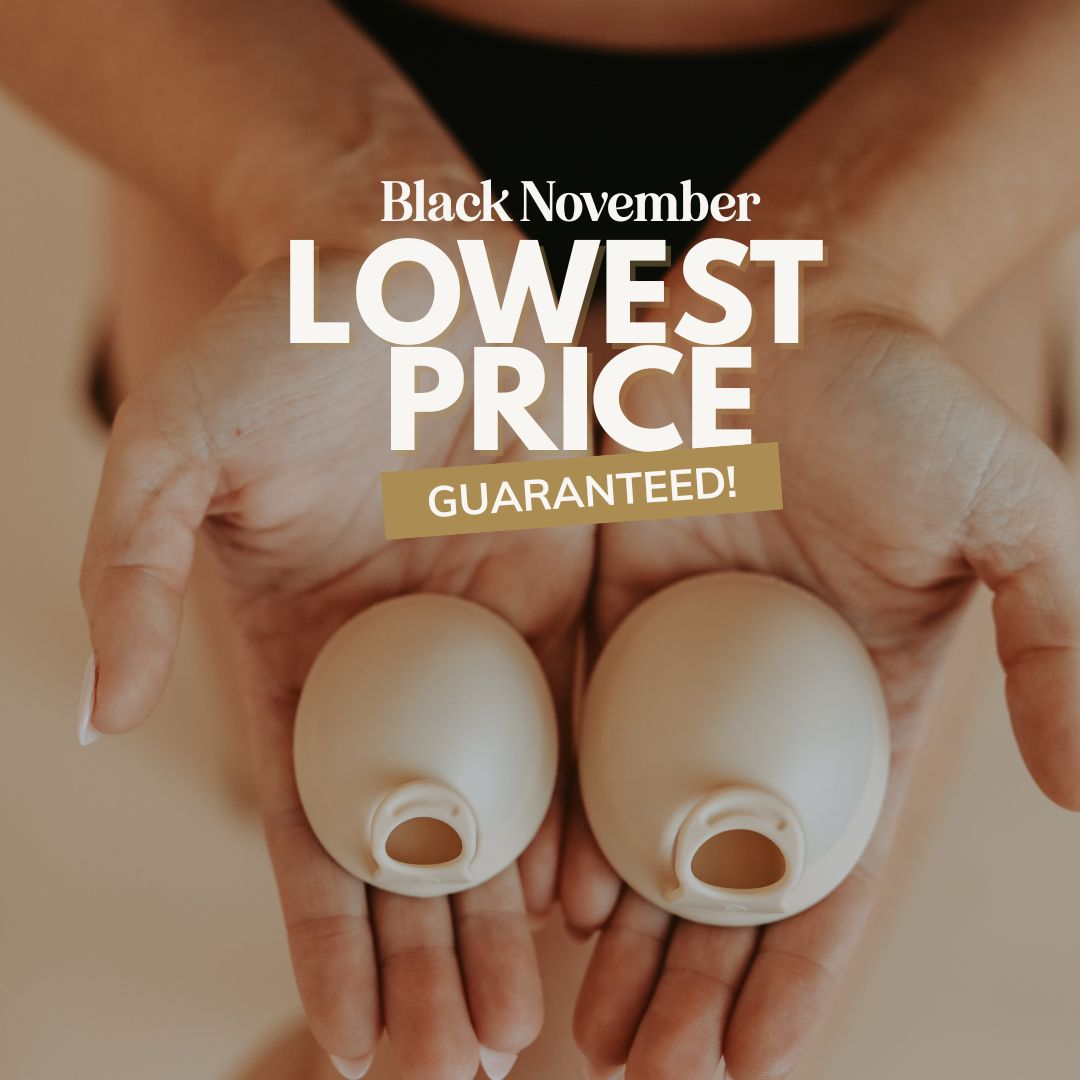
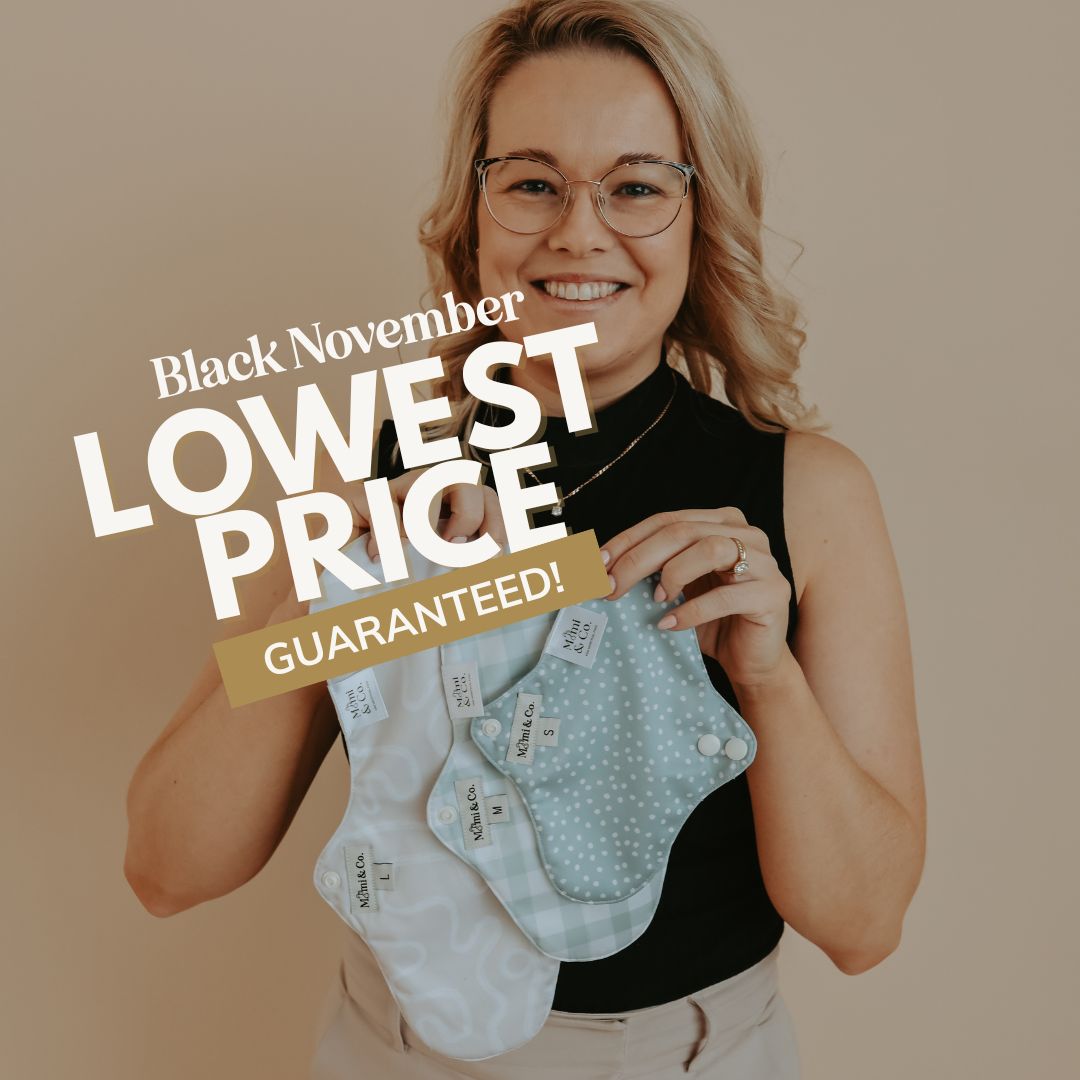
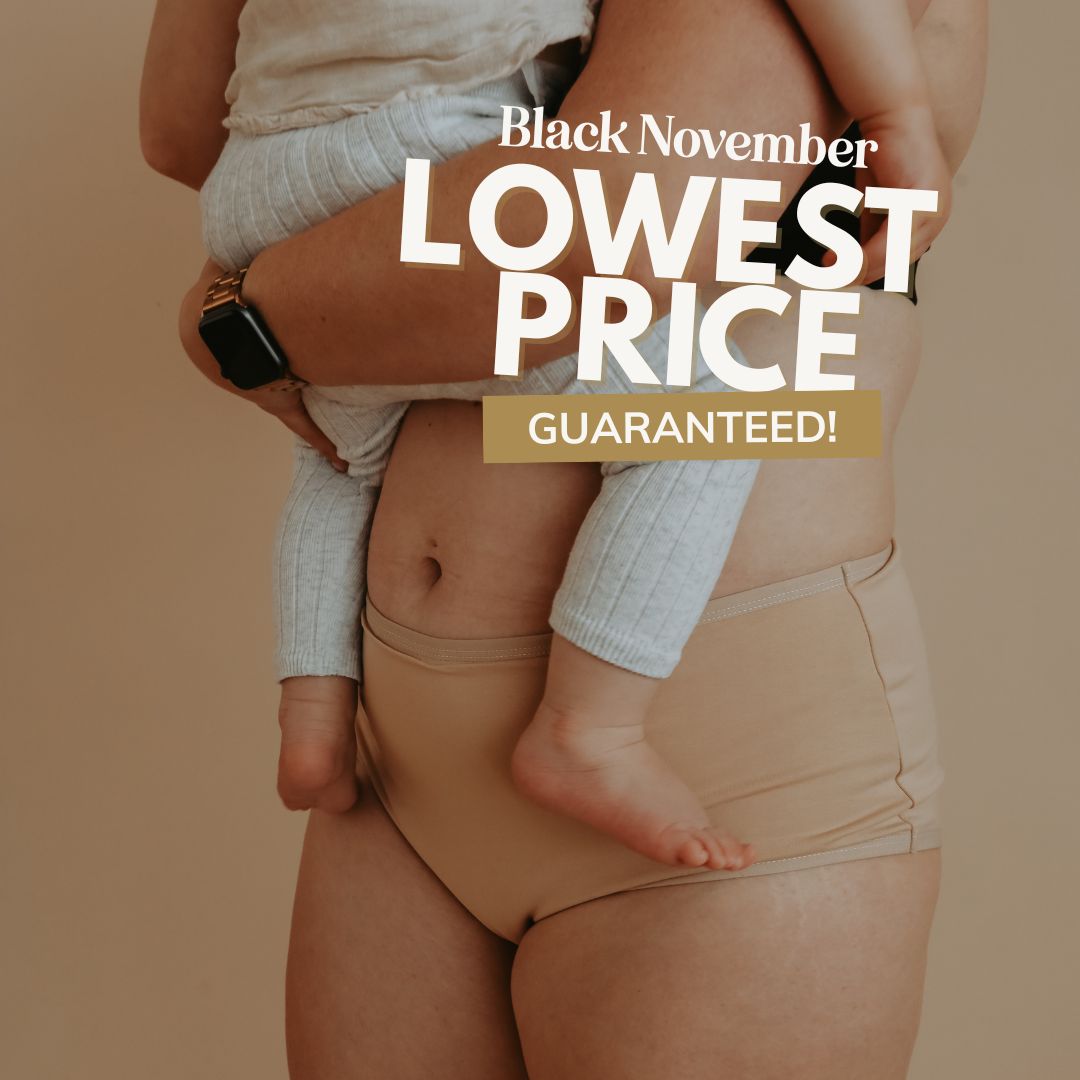
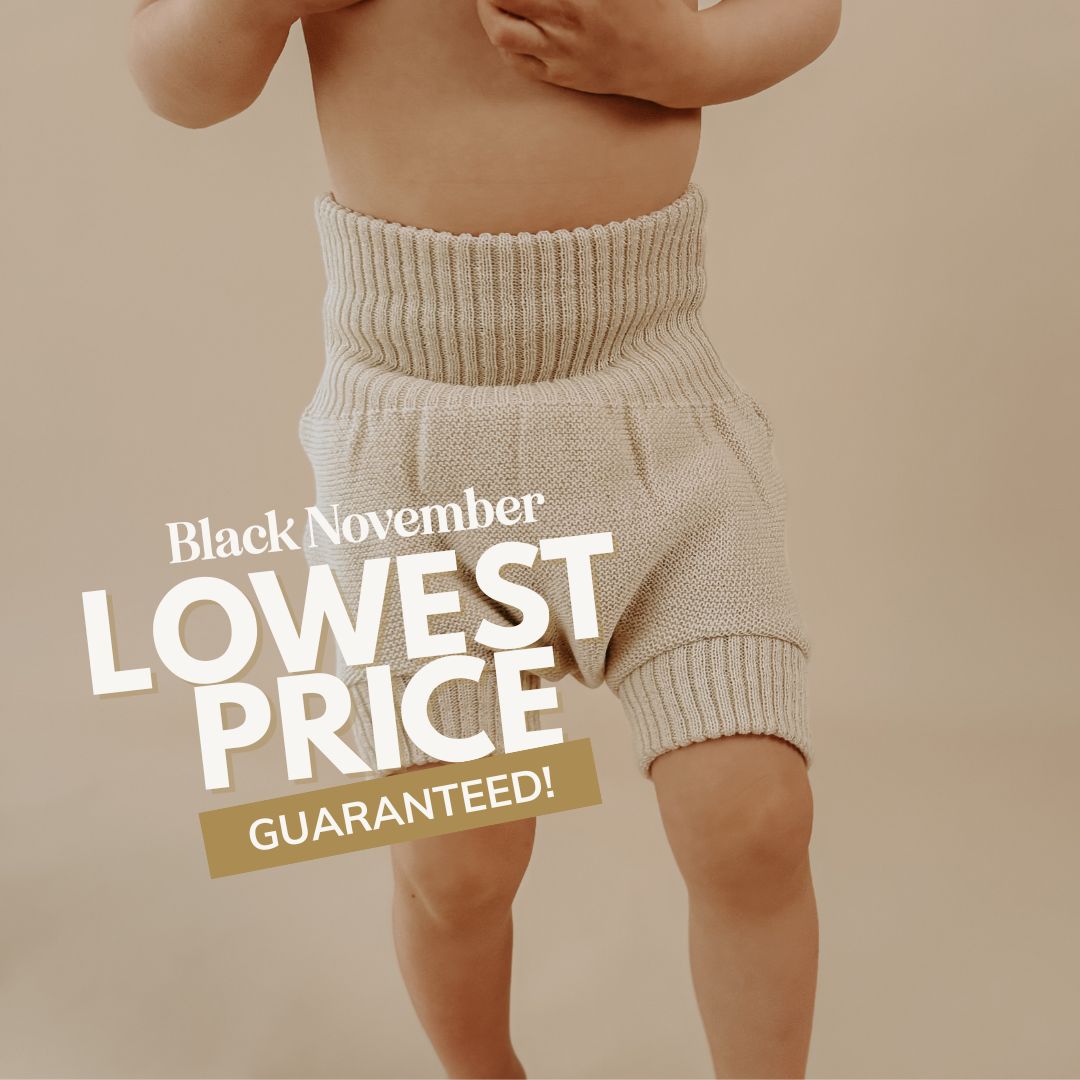
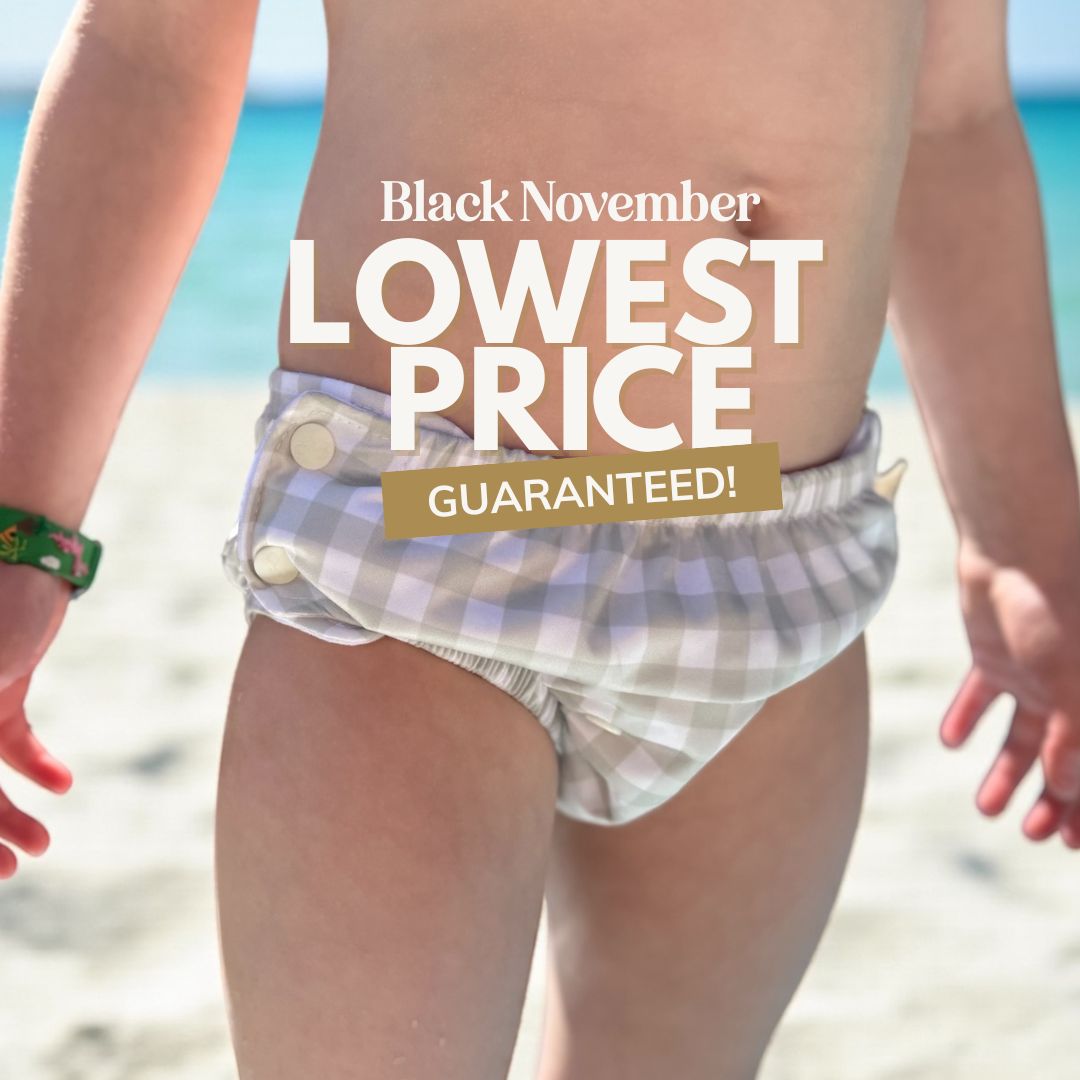

![Tiny Transitions™ Training Undies [January Preorder] - Mimi & Co](http://mimiandco.com.au/cdn/shop/files/tiny-transitions-training-undies-january-preorder-9963304.jpg?v=1762467116&width=1200)


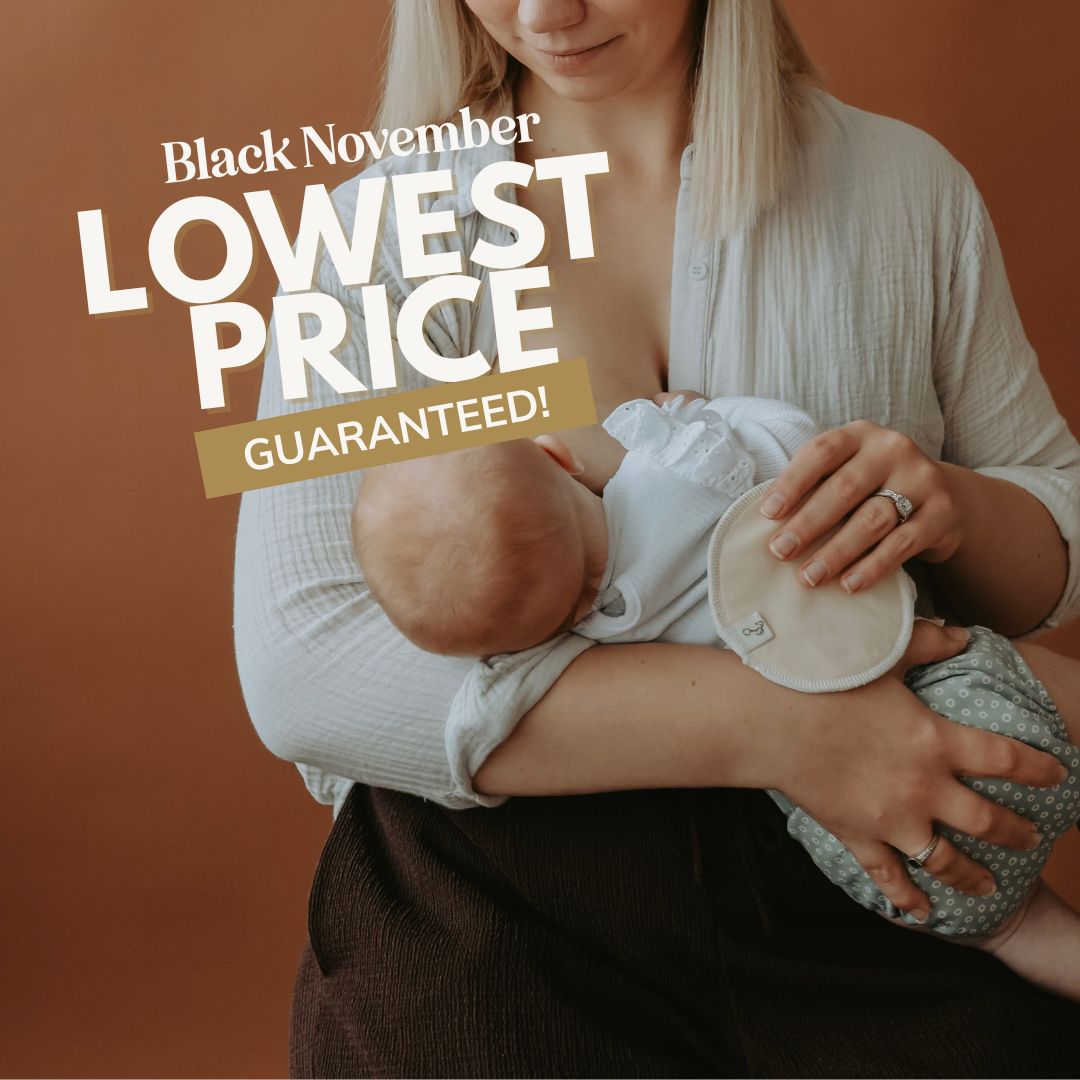





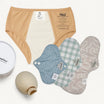
![Reusable Mimi® Menstrual Underwear [Shipping 31/9] - Mimi & Co](http://mimiandco.com.au/cdn/shop/files/reusable-mimi-menstrual-underwear-shipping-319-6508918.png?v=1759809525&width=104)
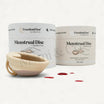
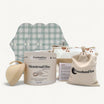
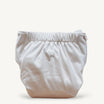
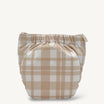
![One Size Fits Most Preflat [PreOrder] - Mimi & Co](http://mimiandco.com.au/cdn/shop/files/one-size-fits-most-preflat-preorder-761880.webp?v=1759809321&width=104)
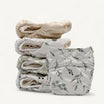

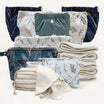
![Tiny Transitions™ Training Undies [January Preorder] - Mimi & Co](http://mimiandco.com.au/cdn/shop/files/tiny-transitions-training-undies-january-preorder-9963304.jpg?v=1762467116&width=104)
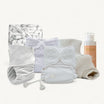

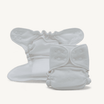
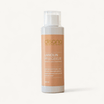
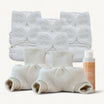
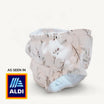


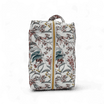
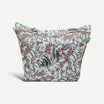
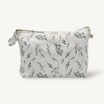
![Wet Bag Small [January Preorder] - Mimi & Co](http://mimiandco.com.au/cdn/shop/files/wet-bag-small-january-preorder-2597700.jpg?v=1762977361&width=104)
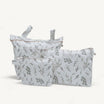
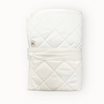
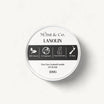

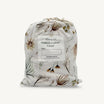
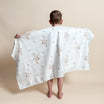
![Reusable Bamboo Wipes [5 Pack] - Mimi & Co](http://mimiandco.com.au/cdn/shop/files/reusable-bamboo-wipes-5-pack-580411.webp?v=1759809433&width=104)
![Organic Cotton Wipes [5 Pack] - Mimi & Co](http://mimiandco.com.au/cdn/shop/files/organic-cotton-wipes-5-pack-7079645.png?v=1759809401&width=104)
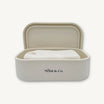
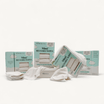
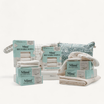
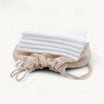
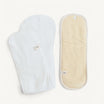
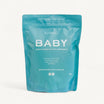
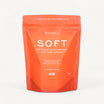
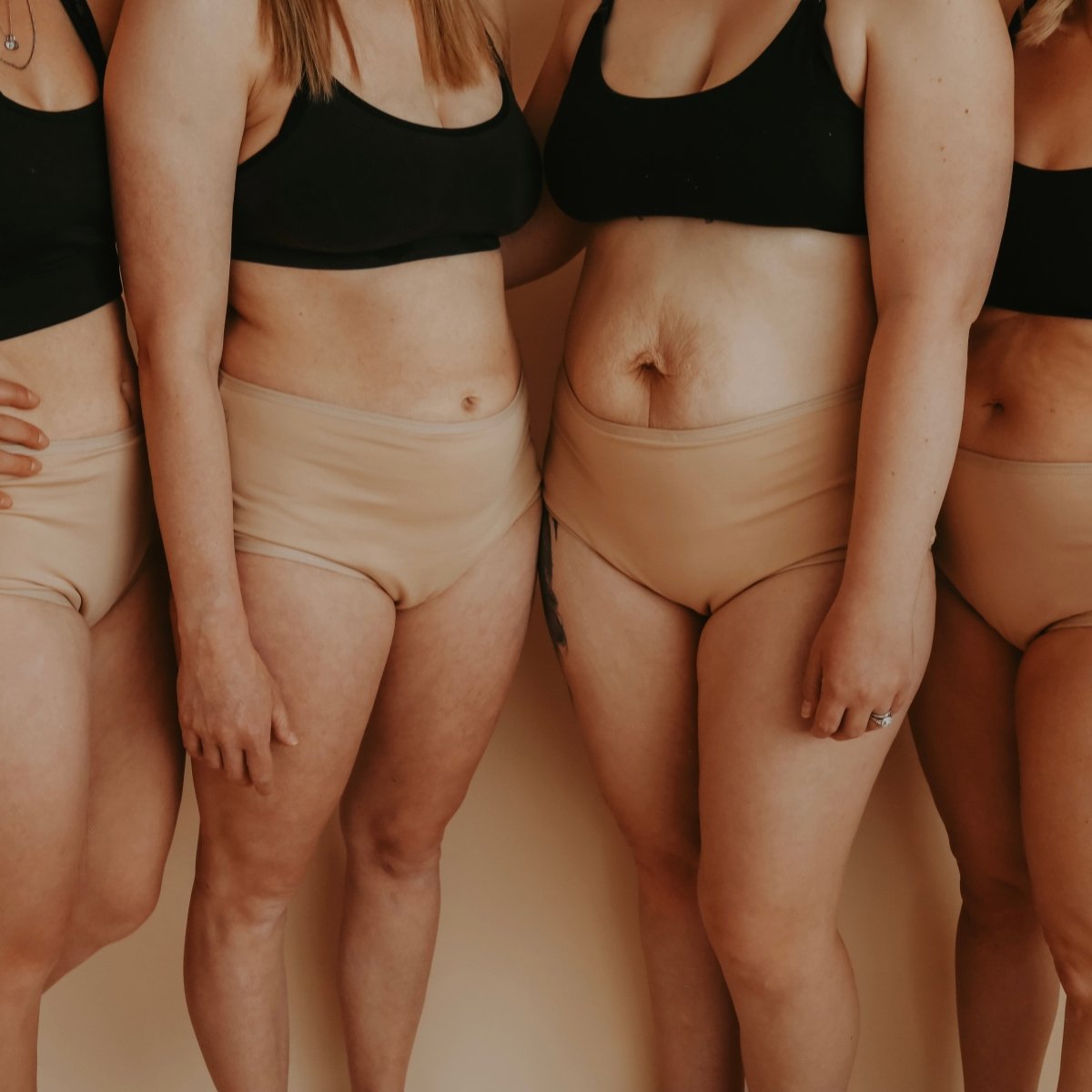
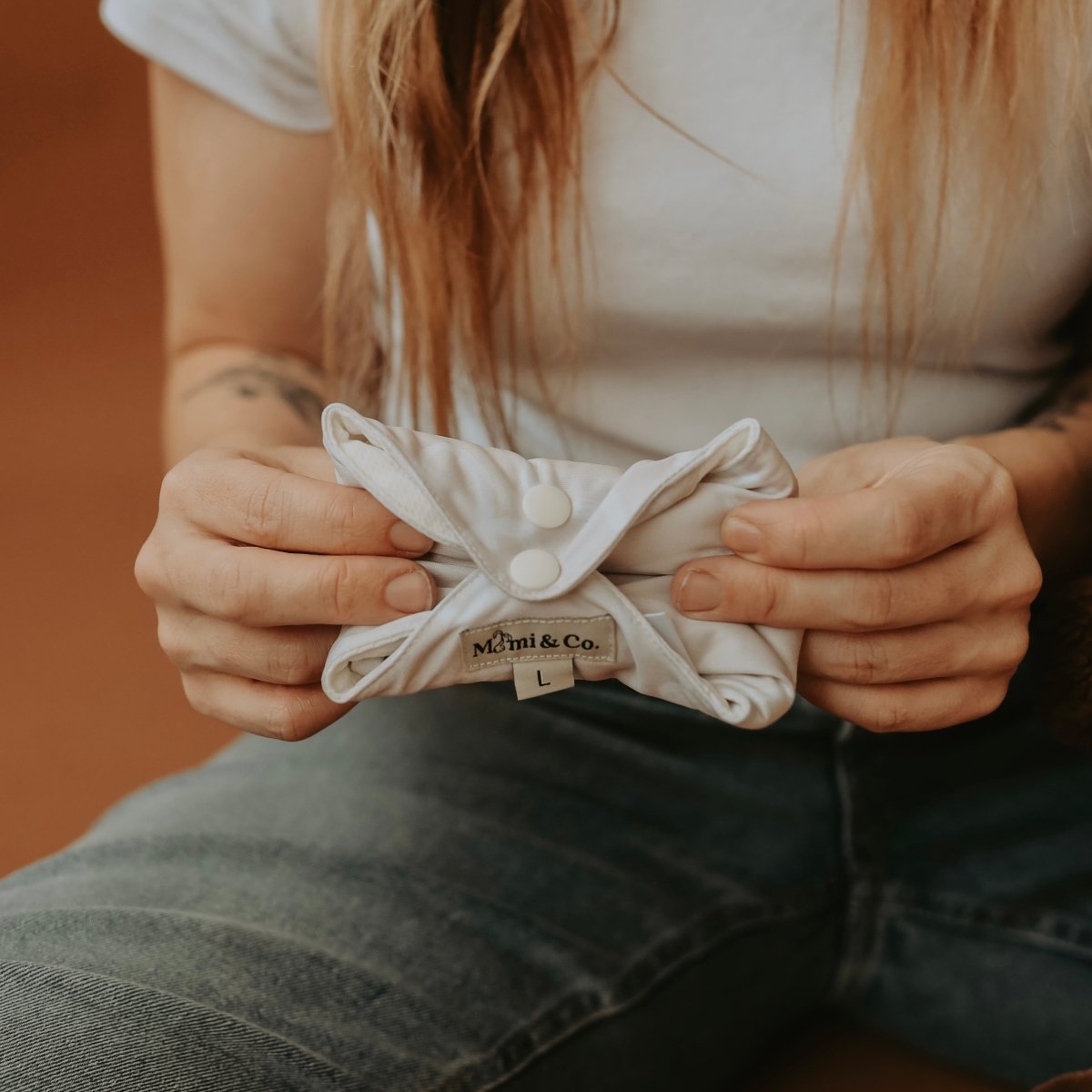
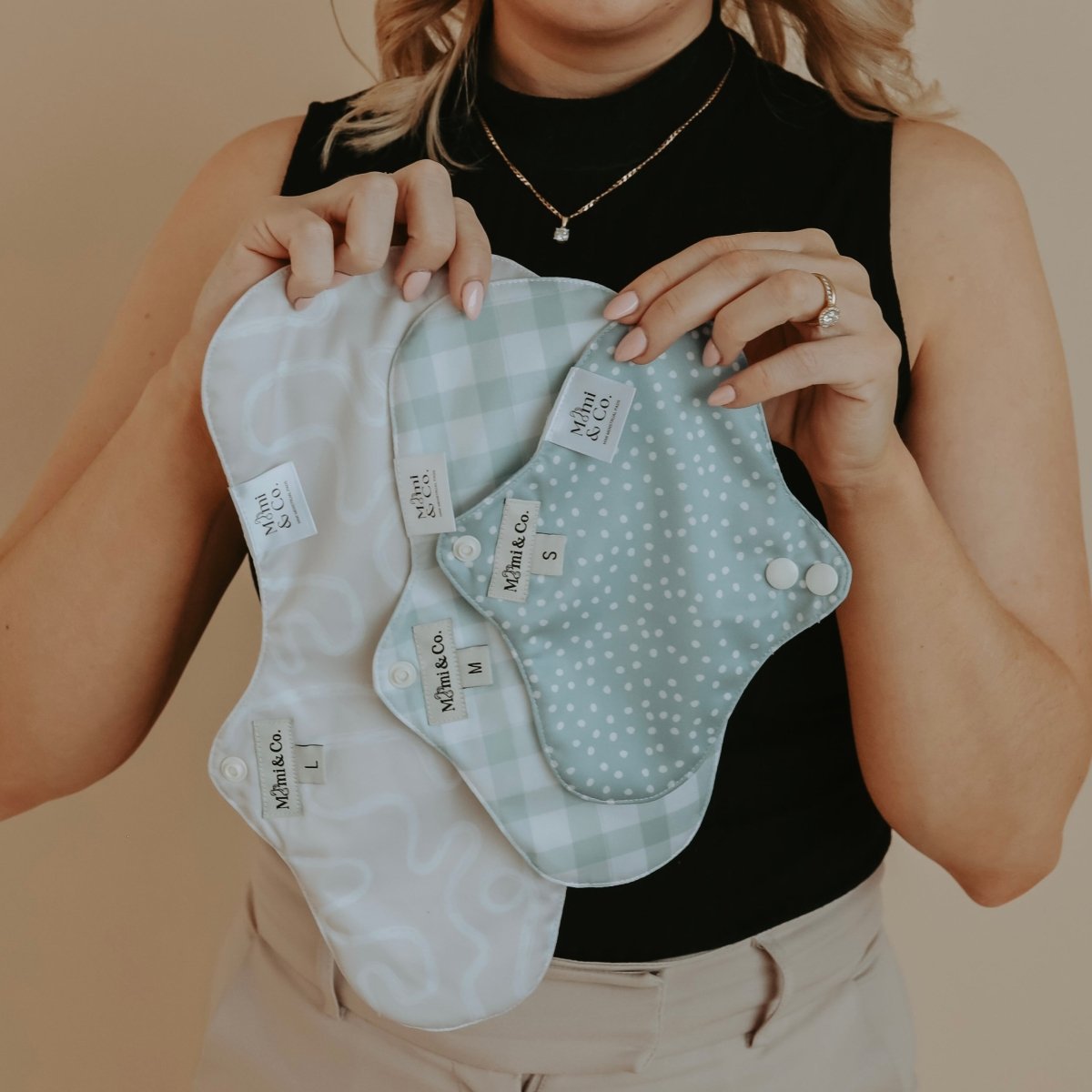




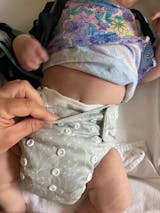
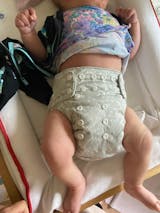
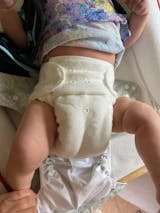
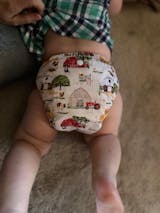

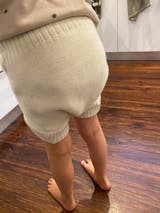





Leave a comment
All comments are moderated before being published.
This site is protected by hCaptcha and the hCaptcha Privacy Policy and Terms of Service apply.